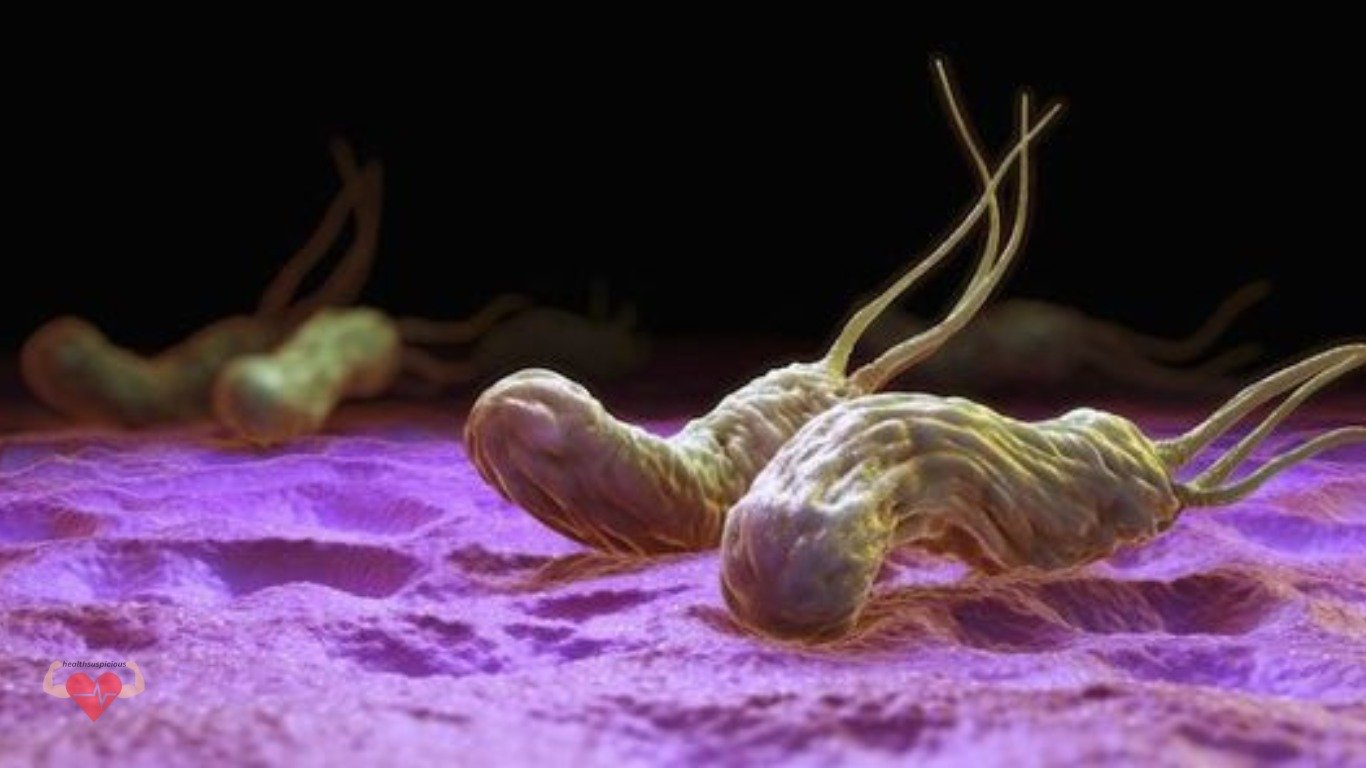Bacteriophages divulge assistant qualities basic for contamination
Infections that contaminate microbes — known as bacteriophages – could be utilized in a designated way to battle bacterial sicknesses. They likewise assume a significant biological part in the worldwide biogeochemical cycles. Ongoing examination by specialists at the College of Kaiserslautern-Landau (RPTU) have recognized a formerly obscure helper metabolic quality in oceanic phages, subsequently fundamentally growing the past comprehension of these bacterial hunters.
Phages are infections that solely assault microbes.
The objective of various researchers is to get familiar with these little replicative units, estimating somewhere in the range of 20 and 300 nm (a hair is 80 000 nm thick).The Microbial science group is exploring the different methodologies phages use to transform microorganisms into “manufacturing plants” for their replication, or at least, the development of many new phages. “We are especially keen on amphibian environments, especially seas and lakes, since phages happen in large numbers, and they assume a significant biological part in supplement reusing.”
objective of bacteriophage
The drawn out objective of the bacteriophage research field isn’t just to apply phage treatment to battle ‘awful’ microbes answerable for illnesses, yet additionally – staying with amphibian living spaces – to address the environmental job of phages in the worldwide supplement cycles. Phages assume a pivotal biological part in oceanic conditions by controlling bacterial populaces, keeping up with microbial variety, and impacting supplement burnning through processes like the viral shunt. They additionally drive microbial development by advancing level quality exchange – transmission starting with one creature then onto the next instead of, as is commonly the situation, from one age to another – and applying particular strain on microorganisms.
In a new report, Frankenberg-Dinkel’s group – in a joint effort with specialists from Israel, the Netherlands, Tübingen and Stechlin/Potsdam – broke down phage hereditary material from ecological examples utilizing bioinformatics. “Regularly, this hereditary material basically contains the outline data for delivering new phage particles. The phages then, at that point, utilize the microorganisms as plants.” Nonetheless, the scientists likewise found purported ‘helper metabolic qualities’ in the phage hereditary material. These assistant qualities initially come from microbes and were once commandeered by the phages. They are not needed for the gathering of new phage particles, yet rather serve to ‘reconstruct’ the host — specifically, the microorganisms — during a phage contamination.
Review
“In our review, we have found a formerly obscure helper metabolic quality in the phages,” says Frankenberg-Dinkel, making sense of her most recent outcomes. ‘We had the option to show that this quality codes for a functioning protein that is significant for the biosynthesis of the ‘shades of life’.” Tetrapyrroles are alluded to as the colors of life. The main delegates of these substance compounds are heme, a part of hemoglobin in blood for oxygen transport, and chlorophyll, the green leaf color fundamental for photosynthesis. Nicole Frankenberg-Dinkel: “Our outcomes propose that tetrapyrroles assume a significant part during a phage contamination. They appear to be critical to the point that phages convey this extra hereditary material since it is some way or another valuable to them.”
“The significance of tetrapyrroles for phage disease was not recently known to this degree. Tetrapyrroles are fundamental for energy creation in cells,” Frankenberg-Dinkel further makes sense of. ‘We suspect that there is an expanded energy request when microbes need to deliver phage particles. Thusly, more tetrapyrroles might be required.” The analysts had the option to exhibit that the assistant metabolic quality is available in phages distinguished in both salt and crisp water.”According to Frankenberg-Dinkel, the ebb and flow concentrate on results uncover one more fascinating finding: there are two methods for delivering the principal antecedent of tetrapyrroles, one of which is the purported Shemin pathway. Furthermore, it is unequivocally this pathway – or rather the hereditary cosmetics expected for it – that the specialists have recognized in the phages. “The Shemin pathway is just tracked down in one gathering of microorganisms, and generally just in birds and warm blooded animals. This implies that the phages probably procured this quality from a specific gathering of microscopic organisms. Maybe in light of the fact that the Shemin pathway is more proficient than the option C5 pathway, as it just requires one catalyst rather than two.”
Phage science is a resurgent field of exploration. Frankenberg-Dinkel’s work was subsidized by the German Exploration Establishment (DFG) as a component of an examination need program (SPP 2330: New Ideas in Prokaryotic Infection have Communications). “In this program, we are cooperating with numerous different analysts in the field of microbial infections,” the teacher makes sense of. A few disclosures in phage science, like the CRISPR/Cas framework (which won a Nobel Prize), have previously advanced to where they are being applied

